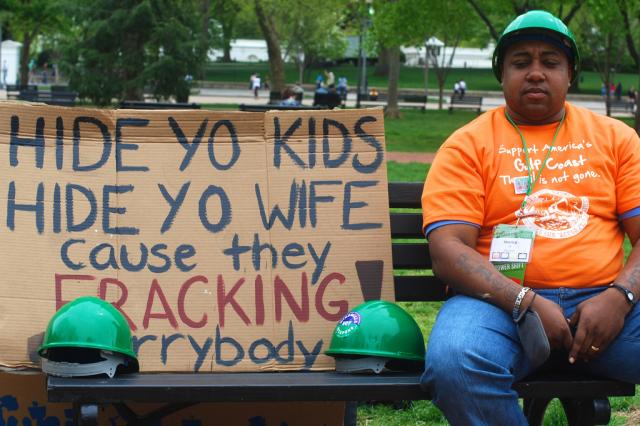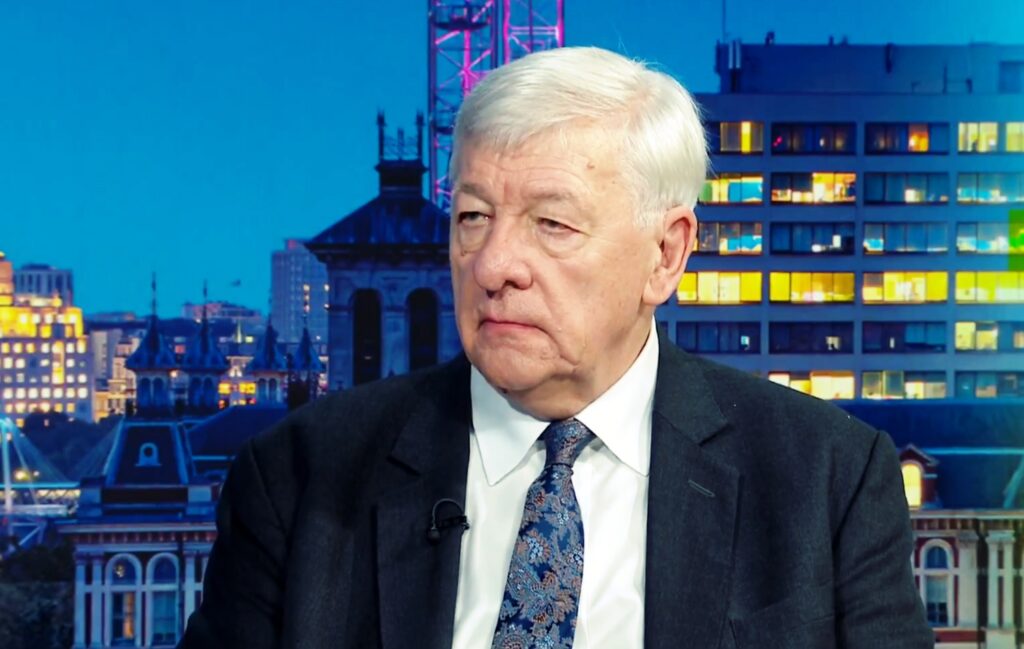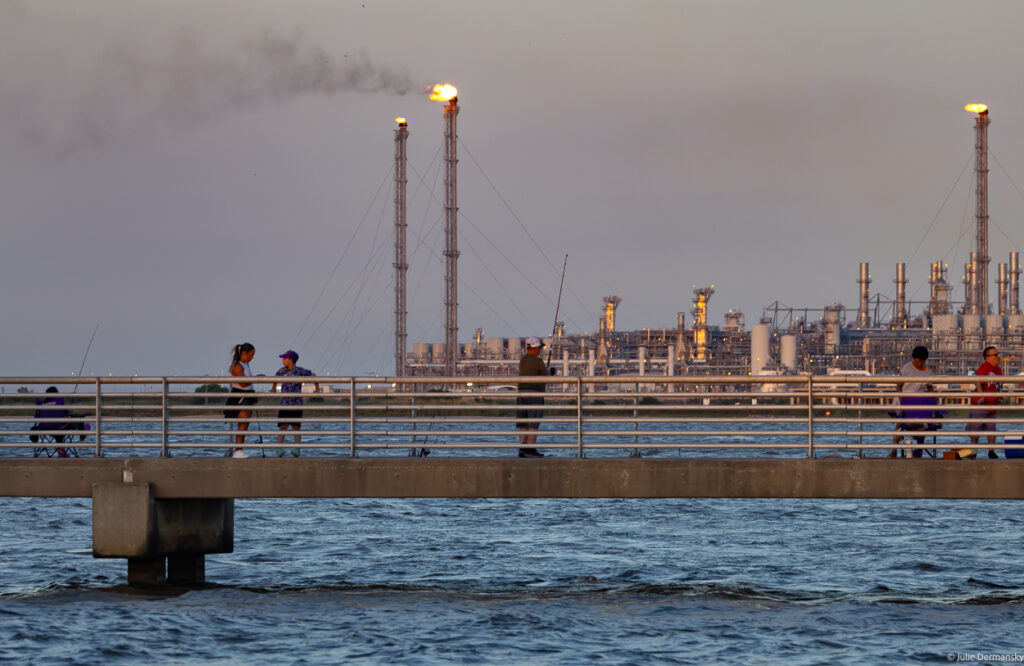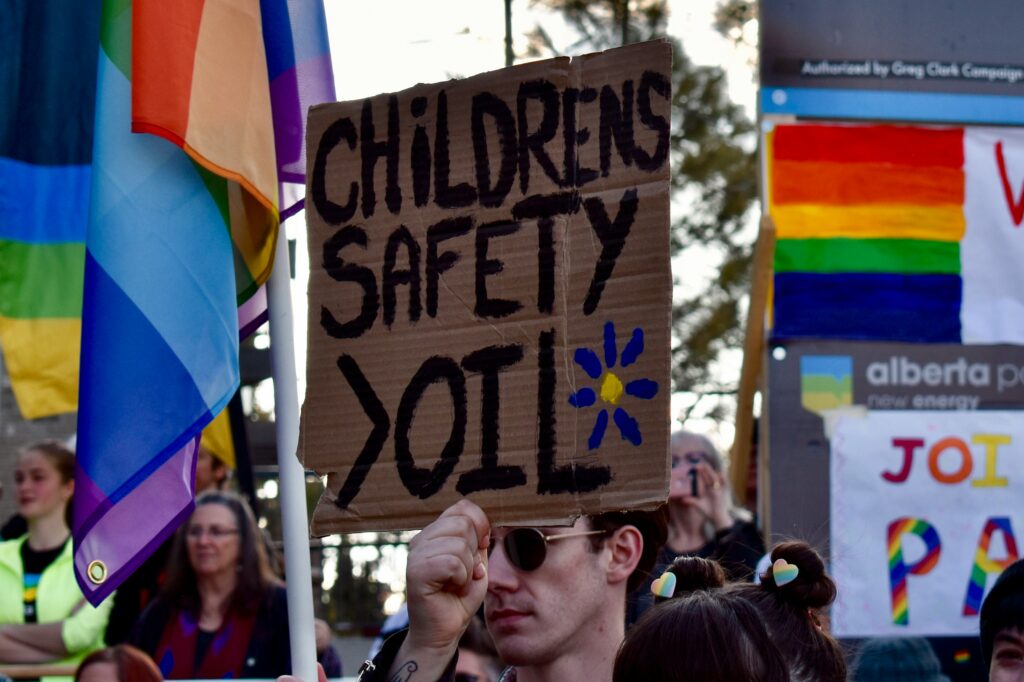The gas industry has not done itself any favors by downplaying the risks associated with fracking, something the industry is apparently just realizing. Labeling affected citizens ‘fracktivists’ or ‘uneducated’ in order to delegitimize their complaints has only emphasized the industry’s callousness and inability to respond to real fears in a meaningful way. People trust the industry less than ever before, and with increased drilling across the globe, discontent is becoming even more widespread.
Now, after more than a decade of reckless drilling mishaps and a strengthening anti-fracking movement, the industry is willing to admit they’ve lost the public perception battle. From the outside this looks like a perfect opportunity for the industry to become more transparent and accountable. Instead this admission has only strengthened the industry’s resolve to up the communications ante.
The industry’s posture throughout the shale gas boom and the inglorious rise of fracking has been one of arrogance. The people and the economy need unconventional gas, they say, and they have held fast to this mantra, even in situations of environmental contamination and community harm. In the face of protest, the industry has cited gas-funded statistics to remind the people just how much our economic stability, employment rates, environment and energy security hang upon the projected success of unconventional gas exploration.
We have a better future in store, says the industry, and fracked gas is the lynchpin. The risks associated with drilling can only be understood as the unintended but necessary costs of a secure-energy future. The victims in this equation are silenced, bought out and called patriots.
But the inherently dangerous drilling procedures associated with unconventional gas have become too difficult to downplay and the increasingly vocal anti-frack movement is getting better at organizing, information sharing and media communications strategies. And that is exactly where the gas industry is looking to make improvements.
At an oil and gas strategy conference culminating yesterday in Denver, Colorado, keynote speaker and president of the Colorado Oil and Gas Association Tisha Conoly-Schuller described the industry’s opposition as ‘evolved’ and ‘mainstream.’
“The public is skeptical of anything we say,” she cautions, adding “the favorable perception of the oil and gas industry polls at seven percent – that’s lower than Congress. The public does not believe us. We need someone else delivering our message for us.”
Naturalgaswatch.org, the ‘Official Blogger’ of the conference called “Enhancing Shale Oil & Gas Development Strategies,” recounts Conoly-Schuller’s list of recommendations to the industry representatives at the conference:
– identifying other messengers to carry positive messages about oil and gas to a skeptical public; university professors, she said, polled the highest and are well positioned in that regard.– broadening the sources of information for executives — “We have sources we are comfortable with,” she said, “and they reinforce our views. We need to go beyond that, even if it makes our blood boil, so we can learn the language used by our opposition and learn what they think. These nuts make up about 90 percent of our population, so we can’t really call them nuts any more. They’re the mainstream.”– respecting industry critics — “Historically, the industry has been dismissive of its critics,” she said. “We have to understand that they are well-intentioned and believe in what they are doing.”– recognize the emotional nature of the discourse — “It’s ineffective to respond to emotion with science. We need empathy and we have to recognize that emotional is not irrational.”reframe the issue of hydraulic fracturing in economic terms — “We need to talk about how energy is the building block of our economy.”– engage in dialogue about hydraulic fracturing more broadly — “Engage with people with people not necessarily to change their minds, but to learn what they know and think. That will inform what works.”– reposition the industry to appeal more broadly to young people — “The issue is serious, but we shouldn’t take ourselves so seriously. We need to become much more clever. Our industry is going to have to become hipper.”
It will not be lost on critics of the gas industry that no suggestions are made for the kind of reform asked for by those left in fracking’s wake. The conference’s main topic, strategic communications, points to a repeat of the same faulty strategies that got the industry into this mess in the first place: little substantive changes to safety and performance, and far more aggressive public relations campaigns.
Peter Sandman, who is hosting a similar ‘communications’ conference for Canadian gas companies says the industry has been miserable in its attempts to improve risk communications. The general public, he says, view an improvement as “acknowledging prior misbehaviors and current problems, sharing control, becoming more accountable to critics, etc.” But for the mistaken industry “it means doing a better job of explaining the industry’s strengths and rebutting opponents’ claims.”
The tensions splitting supporters and opponents of fracking have never been more clear, yet, instead of focusing the time and resources necessary to respond to these concerns over human and environmental health, the industry is gearing up for a public relations battle to put the tar sands committee to shame. But that battle, we already know, has been lost.
So, just what is the gas industry thinking?
Subscribe to our newsletter
Stay up to date with DeSmog news and alerts







